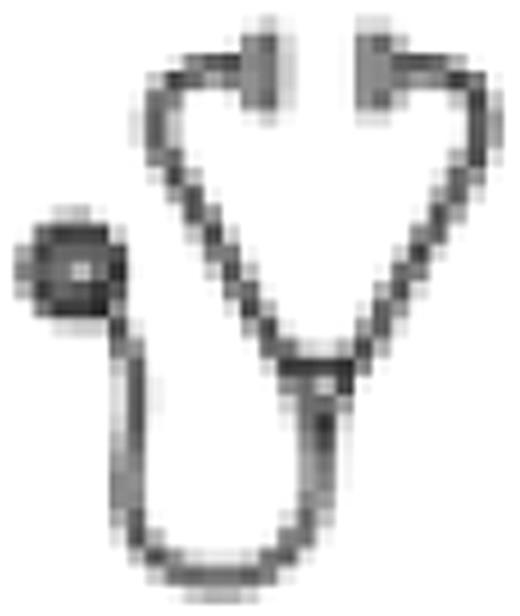Abstract
To clarify the interactions between iron status, oral iron supplementation, and bacterial and malarial infections, we examined iron-replete mice and mice with dietary iron deficiency infected with Salmonella typhimurium, Plasmodium yoelii, or both, with and without oral iron administration. These studies were designed to identify potential mechanisms underlying the increased risk of severe illness and death in children in a malaria-endemic region who received routine iron and folic acid supplementation during a randomized, controlled trial in Pemba, Tanzania (Sazawal et al. Lancet 2006;367:133-43). To this end, weanling C57BL/6 female mice were fed an iron-replete or an iron-deficient diet, the latter of which resulted in severe iron deficiency anemia. Groups of mice were then infected by intraperitoneal injection of Salmonella typhimurium strain LT2, Plasmodium yoelii strain 17X parasites, or both. With Salmonella infection alone, iron-deficient mice had a median survival (7.5 days, N=8) approximately half that of iron-replete mice (13 days, N=10, p<0.0001). At death, the mean level of bacteremia was significantly higher in infected iron-deficient mice. In blood cultures performed at death, all iron-deficient mice were bacteremic, but bacteria were detected in only 4 of 10 iron-replete mice. Both iron-deficient and iron-replete Salmonella-infected mice had gross hepatosplenomegaly with hepatitis, distorted hepatic and splenic architecture, massive expansion of the splenic red pulp with inflammatory cells, and Gram-negative bacilli by tissue Gram stain. With P. yoelii infection alone, iron-deficient and iron-replete mice cleared the infection at similar rates (by ~13 days following infection, N=5 in each group) and no deaths due to parasitemia occurred. With Salmonella and P. yoelii co-infection, death was earlier than with Salmonella alone in iron-replete mice (median survival of 10 vs. 13 days; N=10 in each group; p=0.005), but not in iron-deficient mice (median survival of 7 vs. 7.5 days; N=10 and 8, respectively; p=0.8). To examine the effect of short-term oral iron supplementation with Salmonella infection alone, mice received daily iron (ferrous sulfate, 1 mg/kg) by gavage for 4 days before infection with Salmonella, and supplementation continued for a total of 10 days. After gavage, plasma non-transferrin-bound iron (NTBI) appeared at 1–2 hours with a mean peak level of approximately 5 μM. In iron-deficient mice, short-term oral iron supplementation did not fully correct the iron deficiency anemia or replenish iron stores. Oral iron supplementation reduced the median survival of both iron-deficient and iron-replete Salmonella-infected mice by approximately 1 day; the difference was significant only in the iron-replete group (N=5, p<0.05). In summary, these results indicate that iron deficiency decreases the survival of Salmonella-infected mice; the median survival of iron-deficient mice was approximately half that of those that were iron replete. These observations are similar to those in the Pemba sub-study in which iron-deficient children given placebo had a 200% increase in the risk of adverse events relative to iron-replete children. Iron deficiency had no apparent effect on the course of infection with P. yoelii but further studies with more virulent Plasmodium species are needed. Co-infection with Salmonella and Plasmodium significantly increased mortality as compared to single infections, but only in iron-replete mice. Oral iron supplementation of Salmonella-infected mice significantly decreased the median survival, but only of iron-replete animals; however, our study may have had insufficient power to detect an effect on iron-deficient mice. Systematic examination in mice of the effect of iron supplements on the severity of malarial and bacterial infection in iron-replete and iron-deficient states may ultimately help guide the safe and effective use of iron interventions in humans in areas with endemic malaria.
No relevant conflicts of interest to declare.

This icon denotes an abstract that is clinically relevant.
Author notes
Asterisk with author names denotes non-ASH members.

This feature is available to Subscribers Only
Sign In or Create an Account Close Modal